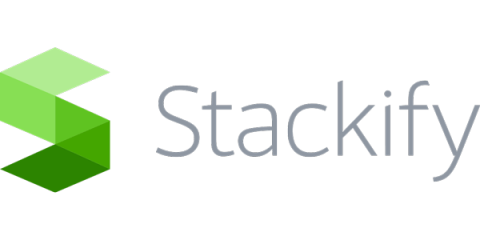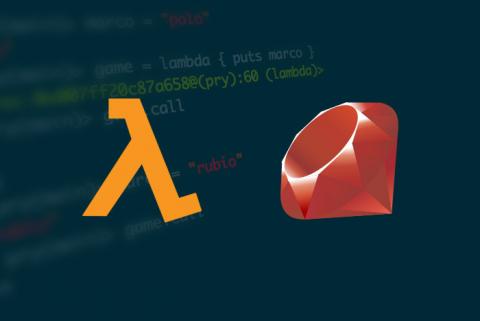Android memory leak
OutOfMemoryException is a common and frustrating bug, and one of the prime causes of unexpected app shutdown. “Why is this happening now, if the app was working perfectly yesterday?” It’s a question which perplexes both rookie and advanced Android developers the world over. There are a variety of potential causes of OutOfMemory Exceptions, but one of the most common is the memory leak — the allocation of memory in the app which is never released.










